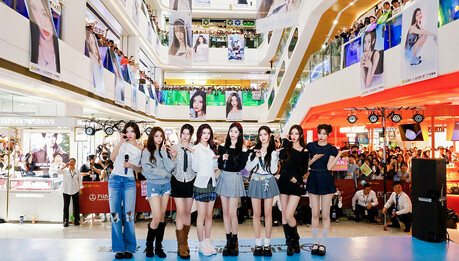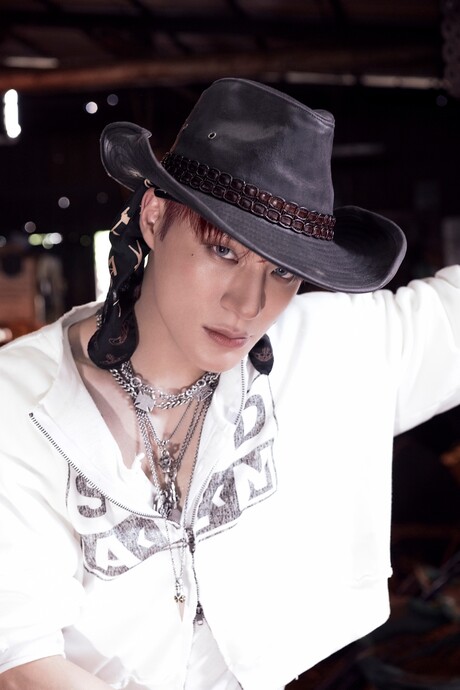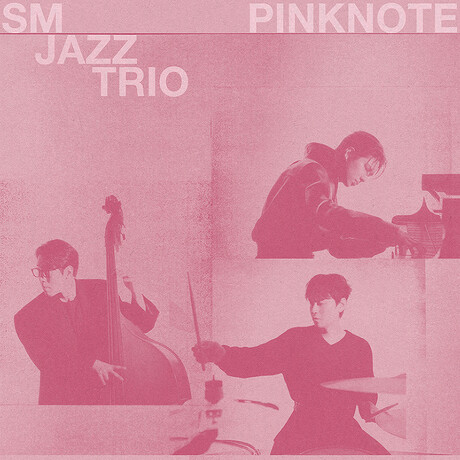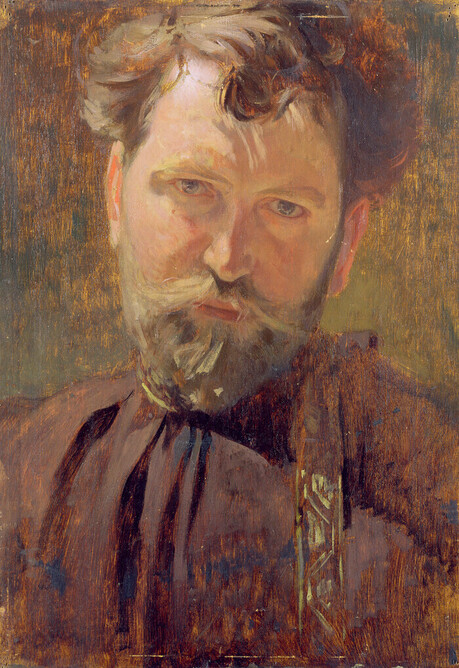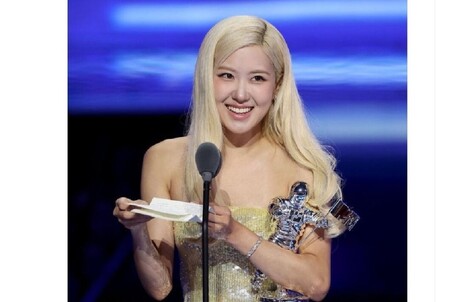The corridors of teenage life have long served as rich material for compelling storytelling across the globe. While teen dramas are produced in nearly every country, South Korea brings its own distinct cultural elements to this popular genre. Korean school dramas, commonly known as K-school dramas, feature unique settings such as yaja (nighttime study sessions) and suryeonhoe (school retreats) that serve as powerful narrative devices. For international audiences, these unfamiliar Korean educational traditions might seem puzzling or unclear, but within Korean culture, they function as essential dramatic catalysts that accelerate plot development and character relationships.
Suryeonhoe, which translates to school retreats, represents a fundamental cornerstone of the Korean adolescent experience and provides screenwriters with a goldmine of dramatic possibilities. These off-campus educational trips consistently generate emotional upheavals among student characters, creating new friendships, intensifying existing rivalries, and setting the stage for unexpected romantic confessions. The popular series "Love Revolution" on Kakao TV demonstrates this perfectly, as some of the show's most significant romantic and comedic moments take place during these retreat events.
During these retreats, every organizational detail transforms into a potential plot point that writers can exploit for dramatic effect. Room assignments become opportunities for unlikely pairings, activity partnerships can force rivals to work together, and the inevitable late-night adventures after official lights-out create perfect scenarios for character development. In "Love Revolution," viewers witness everything from the almost mandatory talent shows that are standard features of Korean high school retreats to the elaborate late-night schemes the male protagonist devises to impress his romantic interest.
The retreat environment functions as a narrative reset button where established relationship dynamics can shift dramatically and unexpectedly. This transformation occurs because students find themselves removed from their familiar home environments and compelled to spend extended time together in shared, unfamiliar surroundings. The combination of being away from parental supervision and sleeping in close quarters with classmates creates a unique atmosphere that naturally accelerates emotional breakthroughs and relationship changes.
School uniforms in Korean dramas extend far beyond simple wardrobe choices, operating instead as a sophisticated visual narrative system that communicates crucial character information. The specific styling decisions regarding uniforms immediately telegraph a character's social class, personality traits, and emotional barriers before that character even speaks a single line of dialogue. This visual language allows viewers to understand complex character dynamics at a glance.
"Weak Hero Class" Season 2 on Netflix provides excellent examples of this uniform-based character communication. The character Yeon Si-eun's meticulously maintained, perfectly buttoned uniform directly reflects his rigid, self-contained personality and emotional walls. In contrast, Hoo-min's casual approach of wearing his basketball jersey underneath his required school jacket signals his naturally warm, approachable character and relaxed attitude toward authority.
This visual storytelling technique appears consistently across various Korean dramas. "Extraordinary Attorney Woo" uses flashback scenes featuring Woo Young-woo's pristine, perfectly maintained uniform to emphasize her social isolation when contrasted against crowds of more casually dressed students. Even in lighter romantic series like "Love Revolution," the stark contrast between Gong Ju-young's playful, slightly rebellious uniform styling and Wang Ja-rim's neat, carefully restrained appearance directly maps onto their emotional distance and different approaches to relationships.
Through these uniform choices, Korean dramas create an efficient shorthand system for communicating hierarchy, rebellion, personality types, and social dynamics, all conveyed through a single visual glance. This allows viewers to immediately understand character relationships and social positions without requiring extensive dialogue or exposition.
South Korea's notoriously high-pressure academic culture has generated a distinctive plot device that appears frequently in K-dramas: yaja, or nighttime self-study sessions. The term yaja serves as an abbreviation for "yagan jayul hakseup," which describes mandatory after-hours study periods where students remain in monitored classrooms well into the night, sometimes continuing until midnight or later.
On screen, these dimly lit, enclosed classroom spaces operate as highly effective relationship accelerators and emotional pressure cookers. The combination of enforced silence, close physical quarters, harsh fluorescent lighting, and late-night fatigue creates an atmosphere that naturally heightens dramatic tension and propels narrative development, particularly when dealing with hormone-driven teenage characters confined together for extended periods.
Screenwriters frequently utilize yaja settings to collapse emotional distances between characters and force breakthrough moments. The popular series "Extraordinary You" transforms after-hours classrooms into intimate stage sets perfect for whispered romantic confessions and escalating romantic tension. Meanwhile, "Reply 1988" uses the nightly study sessions featuring Deok-sun and her friend group to forge the lifelong bonds that form the emotional foundation of the entire series.
The emotional logic behind these distinctly Korean cultural elements translates effectively for international audiences, even when viewers lack personal experience with after-hours study halls or mandatory overnight school trips. The universal truth that quiet, dimly lit hallways naturally amplify emotions remains constant across cultures, while uniforms create visual distinctions that help viewers track character development, and nights spent away from home encourage characters to attempt unexpected actions and take emotional risks.
Korean drama creators approach these school-life traditions not as mere cultural background details or atmospheric touches, but as carefully crafted narrative instruments designed to accelerate character development arcs and deliver the addictive emotional payoffs that keep viewers engaged. These elements function as deliberate storytelling tools rather than coincidental cultural references.
For global audiences experiencing Korean teen dramas for the first time, developing an understanding of these fundamental cultural elements reveals the sophisticated machinery operating beneath the genre's most compelling and emotionally resonant moments. These Korean educational traditions aren't simply authentic cultural details included for realism – they serve as the hidden structural engines that power these stories and create their distinctive emotional impact, setting K-school dramas apart from teen-focused content produced in other countries.


















